Ever sipped on a cup of coffee and instantly crinkled your nose, suspecting something was just... off? We've all been there, nursing a brew that's a tad too bitter or tastes oddly like the aftermath of a campfire. Welcome to the world of "burnt coffee" – a realm that no coffee lover intentionally ventures into.
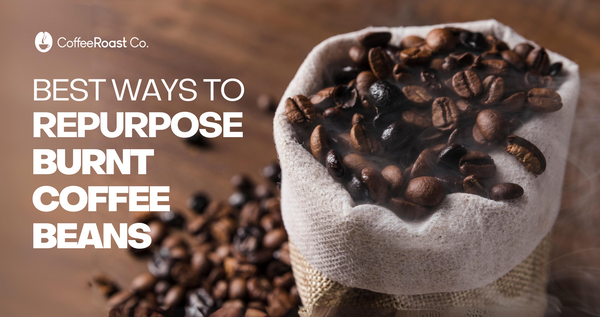
This article is your compass to navigate away from this all-too-common pitfall in the coffee-making journey. Your morning cup's magic (or tragedy) largely boils down to the roasting process. Delve deeper with us and discover why understanding this art is crucial if you’re after that flawless sip every time.
Understanding Burnt Coffee
Let's tackle this phrase "burnt coffee". What's it all about?
Picture this: You're toasting a slice of bread, and you get distracted. Next thing you know, the smoke alarm's blaring and your bread's gone from golden to charcoal.
In the coffee world, that's kind of what we mean when we say "burnt coffee". Burnt coffee often stems from over-roasted coffee grounds, resulting in a less-than-ideal flavor profile.
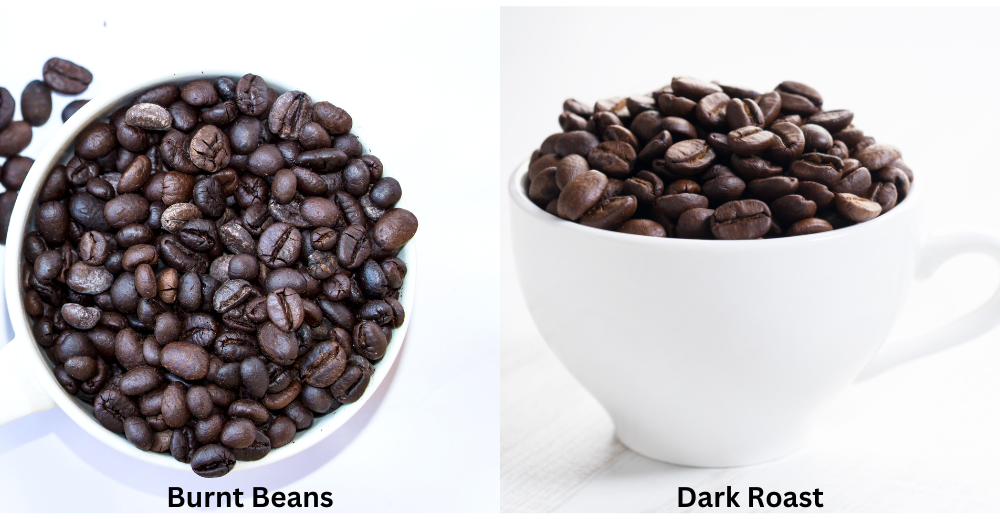
Don’t confuse this "burnt coffee" vibe with a dark roast. A dark roast is like that perfectly toasted marshmallow you'd proudly sandwich between graham crackers and chocolate. It's intentional, flavorful, and rich.
Burnt coffee, on the other hand? It's like that marshmallow that caught fire and became a flaming torch. Both are on the darker end, but one’s a treat and the other... well, let’s just say it’s a lesson learned.
Creative Ways to Repurpose Burnt Coffee Beans
So, you've ended up with a batch of burnt coffee beans. Let's stop and rethink before you toss out those burnt coffee beans. Believe it or not, those over-roasted beans that missed their chance to star in your perfect cup of joe still hold much potential.
Consider these creative ways to reuse them instead of tossing them away. You will not only be reducing trash, but you will also find that burnt coffee beans may be a very useful home item.
Plant Fertilizer
Plants love coffee as much as we do! Using burnt coffee beans as a plant fertilizer is a creative way to repurpose them and is beneficial for your green buddies. Here’s how and why:
-
Nutrient-Rich: Coffee beans are rich in nitrogen, which is a fantastic plant nutrient. They also contain other essential minerals like potassium and phosphorus, which promote plant growth.
-
Acidity Regulator:Certain plants adore acidic soil. If you've got roses, azaleas, or blueberries in your garden, sprinkling ground burnt coffee beans around them can help maintain the soil's acidity levels.
-
Vermicomposting: If you are into vermicomposting, your worms will love a sprinkle of coffee grounds in their bedding. It can help in balancing the pH levels of the bedding material.
Tip:Make sure to grind the burnt coffee beans finely before using them as a fertilizer. Coarse materials can sometimes cause mold and fungal problems.
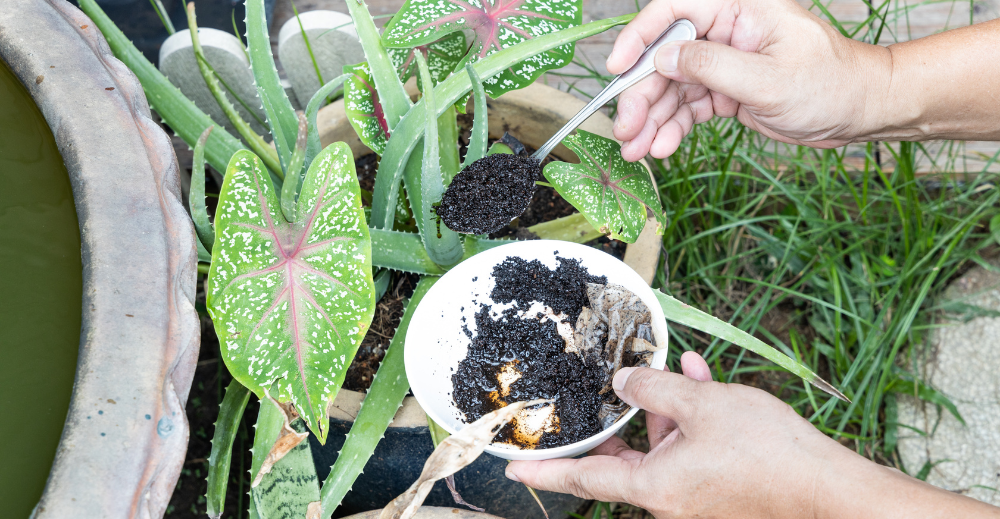
Compost Ingredient
If you have a compost pile at home, your burnt coffee beans just found their new home! Adding them to your compost heap can be beneficial, and here’s why:
-
Balanced Compost:A compost pile requires a suitable mix of green (nitrogen-rich) and brown (carbon-rich) materials. Burnt coffee beans count as a green material, helping you achieve that golden balance for a successful compost.
-
Odor Control: Coffee grounds can help control the odor, making the composting experience much more pleasant. They absorb and minimize odors, keeping things fresh.
-
Worm Attractant: Adding coffee grounds can attract worms if you have a worm bin. They love the gritty texture, and it helps them with their digestion. It's like a gourmet meal for them!
-
Disease Control:Interestingly, some studies have shown that coffee grounds can help suppress certain diseases that affect plants, thanks to coffee's antibacterial and antifungal properties.
Tip:Before adding burnt coffee beans to your compost, let them cool and dry to avoid mold growth. And remember, it’s recommended not to let coffee grounds make up more than 20% of your compost pile to maintain a healthy compost structure.
Bug or Pest Repellent
Don't let those pesky little critters ruin your garden party. Burnt coffee beans come to the rescue as a natural pest repellent, ushering in a host of benefits:
-
Insects Dislike Caffeine:Many insects have a natural aversion to caffeine. Sprinkling coffee grounds in areas that are prone to ants, slugs, and other insects can discourage them from setting up shop there. The caffeine and diterpenes in coffee can be toxic to these small pests.
-
Mosquitoes and Fruit Flies: These little creatures are not fans of coffee. Create a barrier using coffee grounds to deter them from entering your home or outdoor dining area.
Tip:To use it as a pest repellent, scatter the grounds evenly in the areas where you notice pest activity. For a stronger effect, mix the grounds with spicy peppers or aromatic herbs to create a potent natural pest deterrent.
Natural Exfoliant
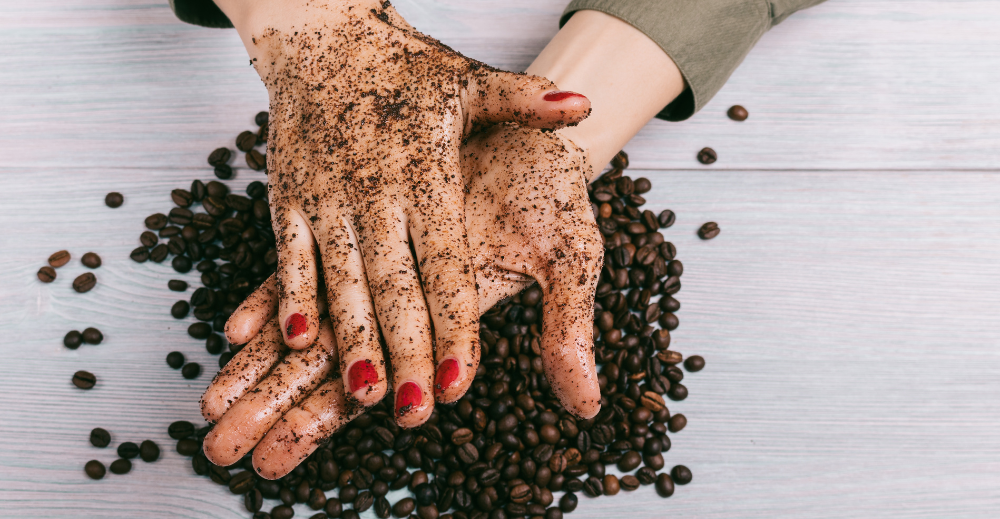
Rejuvenate your skin with the revitalizing power of coffee! Burnt coffee beans can be a fabulous, budget-friendly choice for a natural skin scrub. Here's how you can make the most of this skincare hack:
-
Rich in Antioxidants: Coffee is packed with antioxidants, which can help to revive dull skin and give you a radiant glow. It can potentially reduce the appearance of cellulite by improving circulation.
-
DIY Coffee Scrub Recipe:
-
Ingredients
-
2 tablespoons of burnt coffee grounds
-
1 tablespoon of coconut or olive oil
-
1 tablespoon of sugar (optional – for extra exfoliation)
-
-
Instructions
-
Combine the coffee grounds and sugar in a bowl.
-
Mix in the oil to create a paste.
-
Apply the mixture to your skin using gentle, circular motions.
-
Rinse with warm water, patting your skin dry with a soft towel.
-
-
-
Personalization: Feel free to add a few drops of your favorite essential oil to give your scrub a pleasant aroma and additional skin-soothing benefits. Lavender or tea tree oils could be great options.
Tip:Perform a patch test first to ensure you don't have any adverse reactions, especially if you have sensitive skin.
Cleaning Abrasive
Who knew burnt coffee grounds could be your ally in the battle against stubborn grime? Here’s why and how you should use it:
-
Scrubs Away Stains: The coarse texture of burnt coffee grounds makes them excellent for scrubbing stubborn stains and residue on pots, pans, and surfaces.
-
Kitchen Appliances: Sprinkle some on a cloth and scrub the grime away from your appliances.
-
Dishes:Use it to scrub away burnt residues on your dishes.
-
Drain Cleaner:Regularly flush burnt coffee grounds down the drain to prevent clogs.
-
Tip:Rinse thoroughly after use to avoid any coffee stains.
Odor Neutralizer
Fight off unpleasant smells naturally using burnt coffee grounds. Here’s how they can help:
-
Absorbs Odors: Coffee grounds can absorb undesirable odors, leaving your spaces smelling fresh.
-
Refrigerator:Place a bowl of burnt coffee grounds in your fridge to neutralize strong odors.
-
Car:Keep a small pouch in your car to maintain a fresh smell.
-
Shoe Deodorizer: Dry the grounds and place them in a pair of old stockings; then, place them in smelly shoes overnight to absorb the odors.
-
Hair Care
Rejuvenate your hair with the nourishing touch of burnt coffee grounds. Here’s how:
-
Scalp Scrub: Use it as a scalp scrub to remove buildup and exfoliate the scalp promoting healthier hair growth.
-
Hair Mask: Mix it with coconut oil for a nourishing hair mask that can add shine and volume to your hair.
-
Natural Dye: For people with darker hair, burnt coffee grounds can potentially help to darken hair over time with regular use.
Tip:Always follow up with a conditioner to maintain the moisture balance in your hair.
Craft Projects
Looking to add a rustic touch to your crafts? Turn to burnt coffee grounds:
-
Candle Making: Use it to make candles by embedding it in the wax for a delicious coffee-scented candle.
-
Decorative Items: Use them to create decorative items like coffee ground 'mud' pies or coasters, adding a rich coffee aroma to your creations.
-
Gifts: Make DIY gift sets, including coffee scrubs, candles, and more, offering a personal and sustainable touch to your gifts.
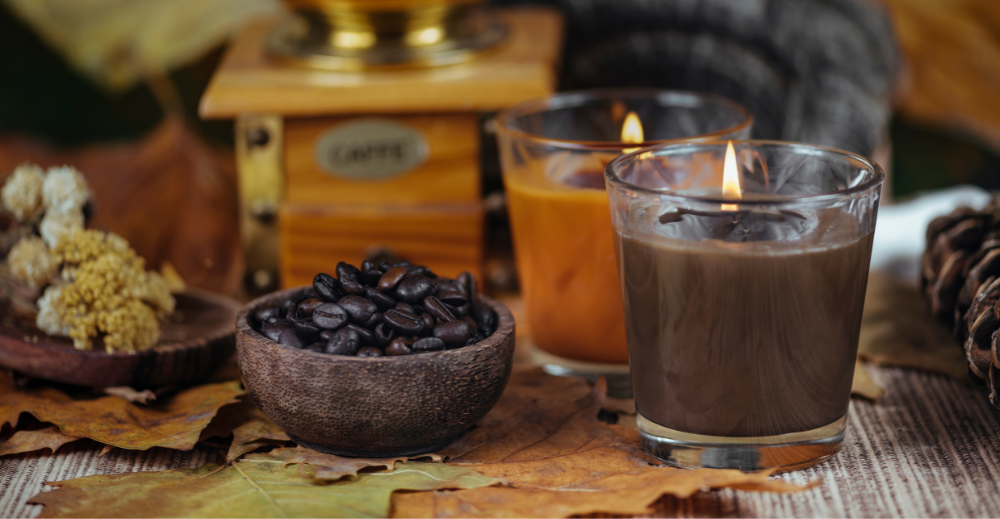
Repurposing your burnt coffee beans means you are reducing waste and discovering fun, creative, and practical ways to use something that would have been thrown away. Next time you end up with burnt beans remember their potential goes far beyond the coffee cup!
So, are you ready to give those burnt beans a second chance? Let's turn a mistake into an opportunity for something beautiful and functional.
Identifying Burnt Coffee Beans
Have you ever challenged your ability to identify a burnt bean in a crowd? Let's review a few red flags and how to prevent them from messing with our brew.
Visual Cues
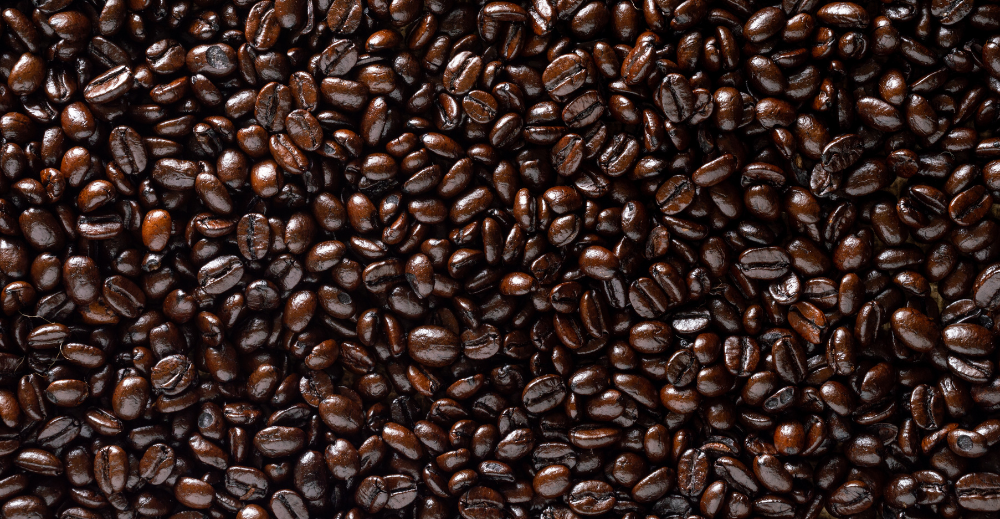
First impressions matter, especially when it comes to our beans.
-
Color: Over-roasted coffee beans often cross into a realm darker than your deepest roast – think of a hue close to charcoal.
-
Oiliness: While some dark roasted coffee beans naturally have oil, an excessively shiny surface can hint at an over-cooked bean.
-
Cracks and Size: Over-roasted beans can sometimes crack more than they should or puff up more than usual, losing their structure.
Taste Test
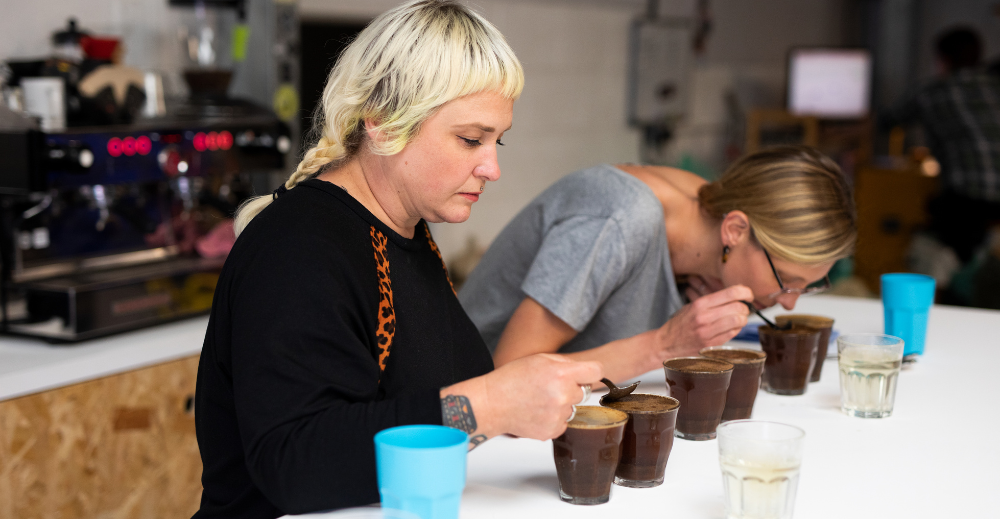
Trust those taste buds! They're your personal coffee critics.
When sipping, if the coffee taste leans heavily on the bitter side without any of the complexities or rounded flavors you'd expect from a dark roast coffee, you might be dealing with burnt beans.
Factors Influencing the Quality of Your Brew
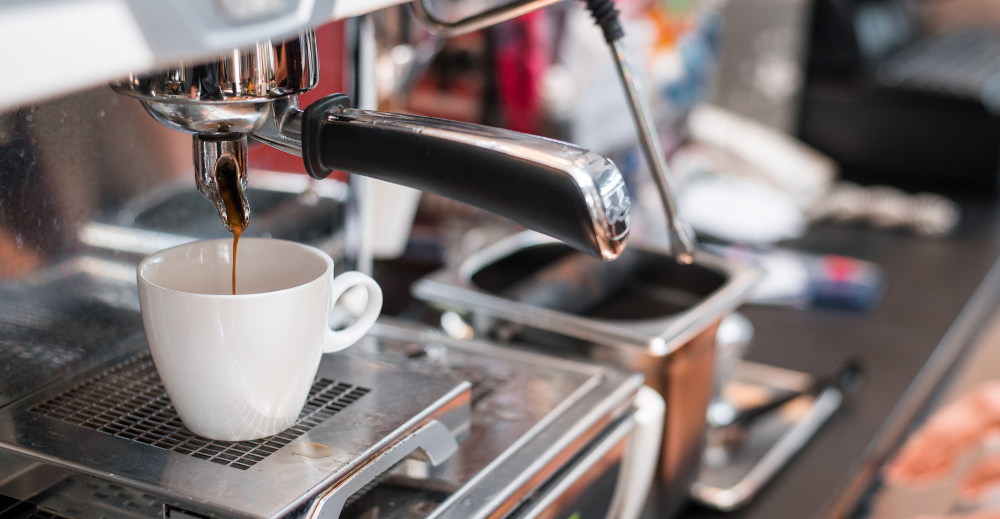
Coffee Bean Type
The type of coffee bean you choose sets the stage for everything that follows in the brewing process. Origin, altitude, and roast level directly impact your coffee's flavor profile.
For instance, beans from high altitudes often have a more complex, acidic taste, while the roast level can swing your coffee from bright and fruity to dark and smoky. Freshness also plays a role; stale coffee beans can deliver a flat or even burnt taste. So, your bean choice isn't just about preference—it's a pivotal factor shaping your coffee experience.
Equipment
Your brewing equipment, from the type of machine to its cleanliness, significantly affects the taste of your coffee. Ensuring consistent heat distribution, airflow, and regular maintenance can prevent a burnt flavor. It's vital to update old or worn-out equipment timely to maintain the quality of your brew.
Roasting Time & Temperature
Achieving the perfect roast is a fine balance of timing and temperature. Even minor deviations can lead to over-roasting, shifting a potentially burnt-tasting coffee.
Brewing Process Tips to Avoid Burnt Coffee Flavor
One of the most crucial parts in making coffee is brewing. You've got your coffee beans, but the way you brew can decide between a 'meh' coffee and a 'wow' coffee. Let's iron out those brewing wrinkles.
The Grind Size
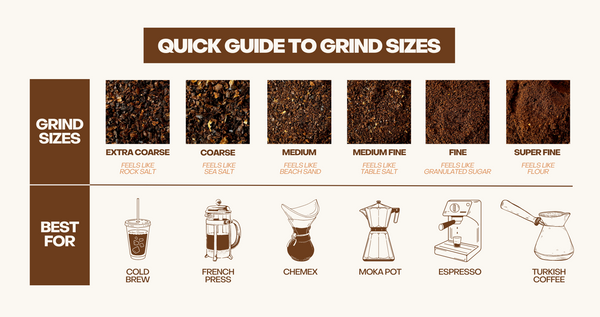
Choosing the right grind size for your coffee grounds is vital; it can make or break your brew. For instance:
-
Espresso: Fine grind, almost powdery.
-
French press: Coarse grind. Think sea salt vibes.
-
Pour-over: A medium grind, like beach sand.
Water Temperature
Coffee aficionados often swear by keeping water temperatures between 195°F and 205°F (90.5°C-96.1°C) for optimal flavor extraction from beans. Use a thermometer or simply let your boiled water sit for about half a minute to hit the sweet spot. Any hotter, and you might just scorch your freshly roasted coffee beans.
Roasting Time Matters
-
French Press:After adding water, let it steep for about 4 minutes before plunging.
-
Pour-Over:Aim for a brew time of 2.5 to 3 minutes. It's a delicate balance between soaking and saturating.
-
Espresso: About 25-30 seconds should do the trick for that rich, concentrated shot of freshly brewed coffee.
Appreciating Strong Flavors without the Burn
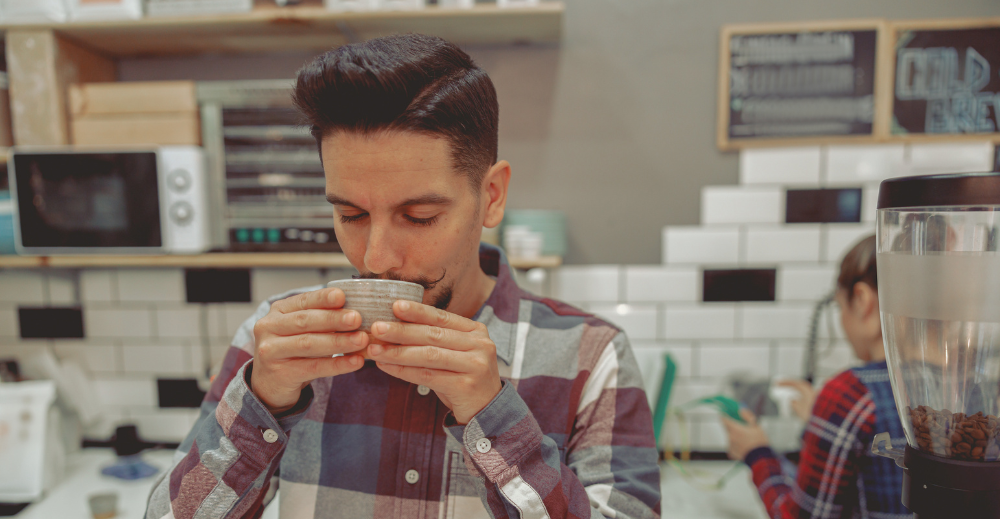
Nobody desires a burnt undertone in their coffee despite craving a strong flavor profile. The trick to avoiding the burnt taste while still enjoying a robust cup hinges on several factors:
-
Consider alternative roasting techniques, such as slow-roasting or air-roasting, which can deepen the coffee's flavor without burning the beans.
-
Your brewing method might be the reason your coffee tastes burnt—a quick fix: Cold brew. Brewing cold extracts those rich flavors, leaving bitterness in the cold.
-
The type of beans you use might make or break your effort to prevent the scorched flavor—zero in on bold beans, notably Sumatran or specific African varieties, known for their natural boldness.
Remember, going for a dark roast doesn't necessarily mean you're signing up for a burnt flavor; understanding roasting terms like 'Full City' and 'Vienna' can guide you to beans that offer depth without being over-roasted.
Takeaways for Avoiding Burnt Coffee
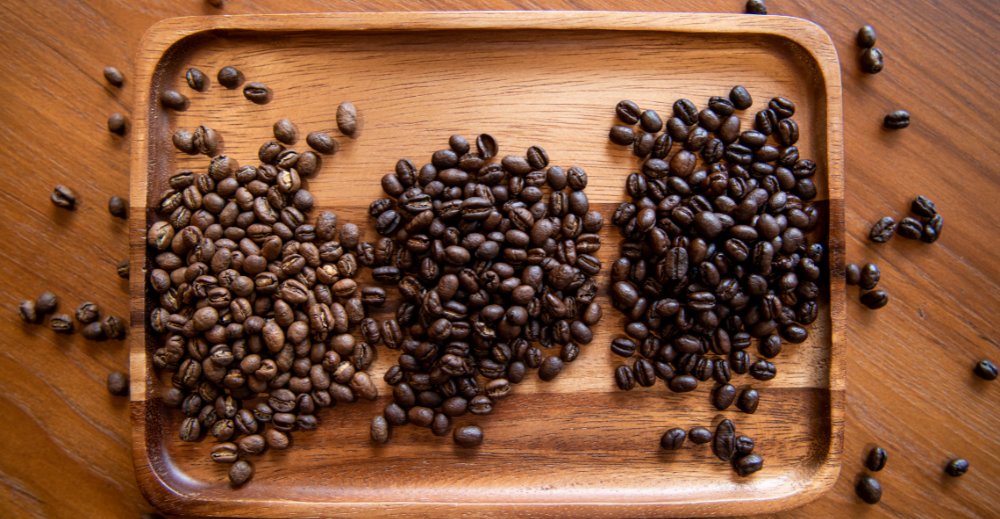
There you have it! We've gone through why sometimes your coffee taste burnt, even turning that negative into a positive with our vibrant guide on repurposing those burnt beans. We've also learned to spot those annoying over-roasted beans and avoid that burnt taste.
The path to the ideal cup of coffee is filled with small decisions, including choosing your fresh beans, mastering your roast, and fine-tuning your brewing methods.
If you're hungry for more coffee knowledge, continue brewing and learning; don't stop here.
Explore our CoffeeRoast Co. collection to find the perfect beans for your next cup, and dive deeper into the world of coffee with our insightful articles. Share this with your family and friends for an immersive and sustainable experience!






Leave a comment